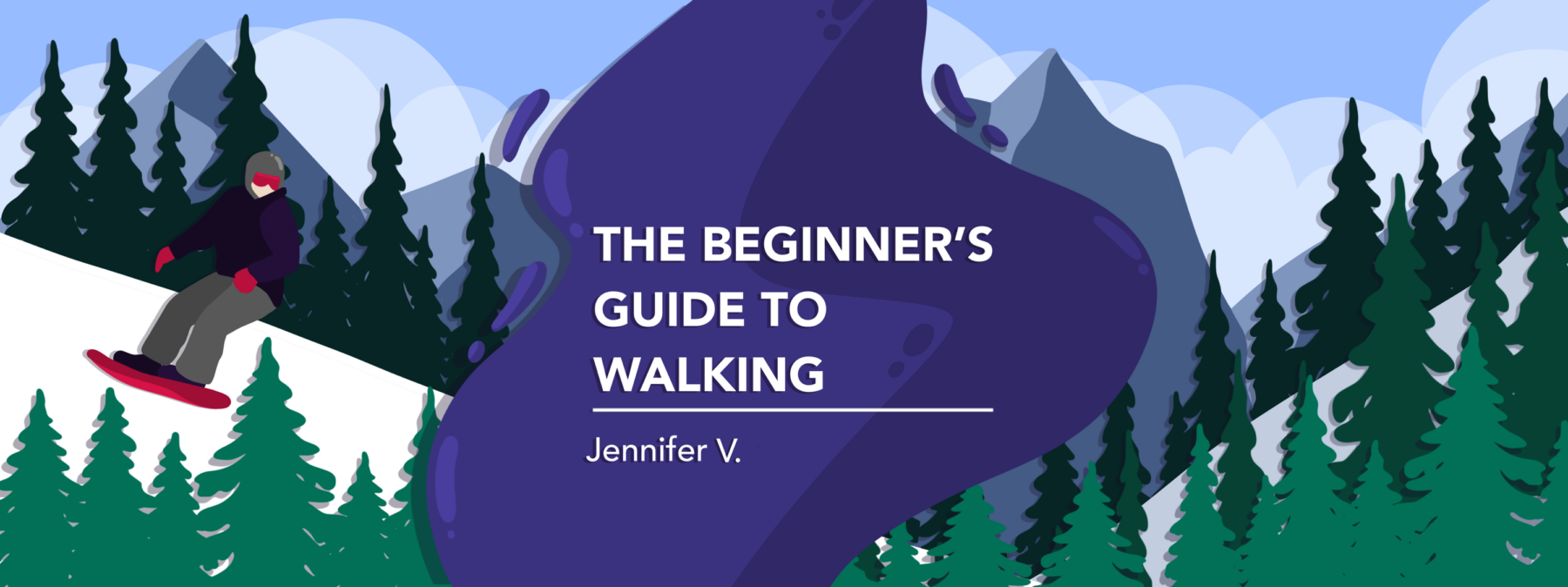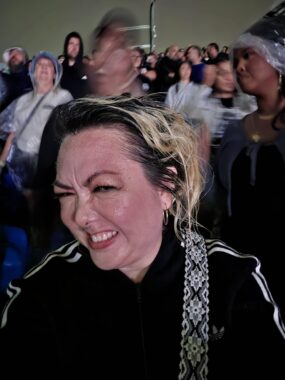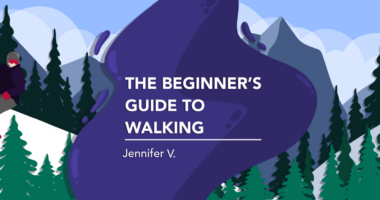An Oasis concert made hope feel possible again
What the band's improbable reunion reminded me about life with NMOSD

I had waited 16 years to hear one of my favorite bands of all time perform, as their catalog of music was the soundtrack to my youth. That’s how long Oasis, one of the most iconic bands of the 1990s and early 2000s, had been absent from North America — and, before this reunion tour, from the stage at all.
Over the years, many fans, including myself, had quietly accepted the idea that the Gallagher brothers would never share a stage again. Their feud was too long-standing, too ugly, too epic.
And yet there I was earlier this week, one of 50,000 fans at a sold-out outdoor venue in Toronto, flanked by my husband and two of my oldest friends, watching them walk out hand in hand. The impossible was suddenly happening right in front of me.
It wasn’t lost on me that, just as Oasis’ reunion felt inconceivable, those of us living with neuromyelitis optica spectrum disorder (NMOSD) often wrestle with our own version of the impossible. I know how the weight of symptoms, the uncertainty of relapse, and the lack of a cure can feel like a permanent barricade between my reality with this disease and the master plan I once had for my life.
But standing in that crowd, something shifted.
It wasn’t just the music, though. It was the universe’s timing. As Oasis launched into “Life Forever,” one of their biggest songs, the sky opened up. The crowd sang along with: “Lately, did you ever feel the pain/ In the morning rain/ As it soaks you to the bone?” And suddenly, a cleansing rain, perfectly scripted by Mother Nature, sent a message: Pay attention; this matters.

Jennifer V. got caught in the rain at an Oasis concert on Aug. 24, 2025, in Toronto. (Photo by Jennifer V.)
In that moment, I thought about NMOSD in a different way.
The truth is, the seemingly impossible happens all the time in medicine. When I was diagnosed with NMOSD, there were no approved treatments. I was told that having a relapsing-remitting form of the disease guaranteed future attacks.
But in just over a decade, that’s changed. There are now NMOSD-specific therapies that can help reduce relapses, preserve quality of life, and give patients a chance at stability. Things that once felt like a dream are now part of my reality. And who’s to say what else might happen? A cure may feel impossible today, but so did Oasis sharing a stage again.
I know hope isn’t easy. Holding on to it can feel exhausting, especially on days when you’re in severe pain, are sitting in the emergency department again, or are hooked up to yet another machine. But maybe hope doesn’t have to be big. Maybe it’s just believing that life with NMOSD might be more manageable one day. That maybe we’re one small step closer to a cure.
Seeing Oasis perform reminded me that “never” isn’t always final. The band that swore they’d never again perform together did just that. The weather forecast had predicted only a 5% chance of rain, yet rain fell at just the right moment amid one of the hottest and driest summers we’ve ever had. And there I was, someone who often struggles to hold on to hope, soaking wet and smiling at the heavens.
So as I sang, danced, and cheered to some of my favorite songs, like “Some Might Say,” “Roll With It,” and “Don’t Look Back in Anger,” I also received the lesson the universe clearly wanted me to learn: Don’t close the door on what feels impossible. Even if we’re carrying a heavy burden, life has a way of surprising us. And sometimes, just when you need it most, the impossible shows up and sings its heart out in the pouring rain.
Note: Neuromyelitis News is strictly a news and information website about the disease. It does not provide medical advice, diagnosis, or treatment. This content is not intended to be a substitute for professional medical advice, diagnosis, or treatment. Always seek the advice of your physician or other qualified health providers with any questions you may have regarding a medical condition. Never disregard professional medical advice or delay in seeking it because of something you have read on this website. The opinions expressed in this column are not those of Neuromyelitis News or its parent company, Bionews, and are intended to spark discussion about issues pertaining to neuromyelitis optica spectrum disorder.






Sue
That was great!! Thanks!! I needed that!! Write more!! 😊😷